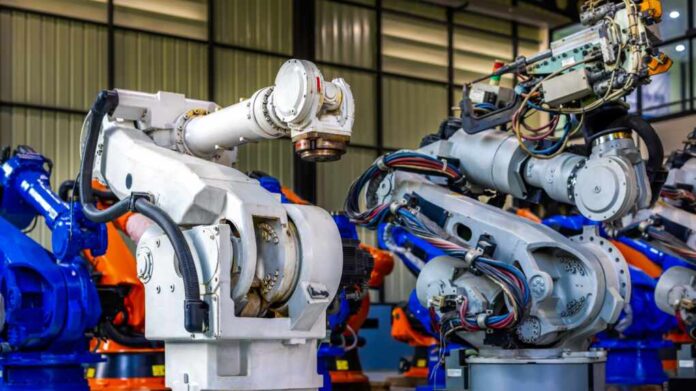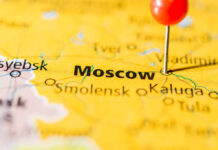
In a tragic incident that echoes science fiction, a South Korean worker was fatally injured by an industrial robot at a vegetable packaging facility last Thursday. The man, an employee of a company specializing in robotic installations, was reportedly crushed as the machine forced him onto a conveyor belt, leading to severe injuries, which he did not survive.
This event occurred in the southern county of Goseong at a time when South Korea’s integration of robotics into its workforce is at an all-time high. The victim was there to inspect a malfunctioning robot, a relatively simple machine designed to move boxes onto pallets, not equipped with advanced artificial intelligence. His task was to ensure the robot was operational for a test run that had been delayed due to technical issues.
An industrial robot crushed a worker to death at a vegetable packing plant in South Korea https://t.co/NKcJrxu5vd
— The Associated Press (@AP) November 9, 2023
Initial reports suggested the robot might have mistaken the man for a box, though officials quickly refuted this. An unnamed police source clarified that the machine was not sophisticated enough to make such a mistake, implying human error or a mishap might be more to blame.
South Korea’s reliance on robotic labor has increased recently, driven by a shrinking human workforce and rising labor costs. Robots are now a common sight in manufacturing plants and in roles that would typically require a human touch, such as cooking and hospitality. The country leads the world in industrial robot density, with 1,000 robots per 10,000 employees.
While the drive toward automation is seen as a necessary evolution in a competitive global market, accidents like the one in Goseong cast a shadow over the rush to replace human labor. They are a stark reminder that our pursuit of efficiency must not outpace the development of safety protocols and procedures.
The Goseong incident is not an isolated one. Earlier this year, another worker was injured by a manufacturing robot in Gunsan, and last year, a fatality occurred at a milk factory in Pyeongtaek. These events underline the potential dangers of working alongside machines, especially when the machines are not equipped with the latest safety features or artificial intelligence.
An official from the agricultural complex highlighted that the accident occurred in the pursuit of making the robots more efficient. This pursuit has led to a situation where robots are relied upon more and humans less. However, it has become evident that a balance must be struck between efficiency and safety and that implementing a precise and safe system is imperative.
The conversation around robotics and automation is complex, with many facets, including economic, ethical and safety considerations. As we continue to integrate these machines into our industries, the lessons learned from incidents like the one in Goseong will be crucial in shaping a future where robots and humans can work side by side, safely and harmoniously.
As South Korea and the world continue to navigate the complex landscape of industrial automation, the need for vigilance and ongoing dialogue about safety standards becomes increasingly clear. Ensuring that tragedies like the one in Goseong do not recur must be a priority as we forge ahead into a future where the line between human and machine labor continues to blur.





























